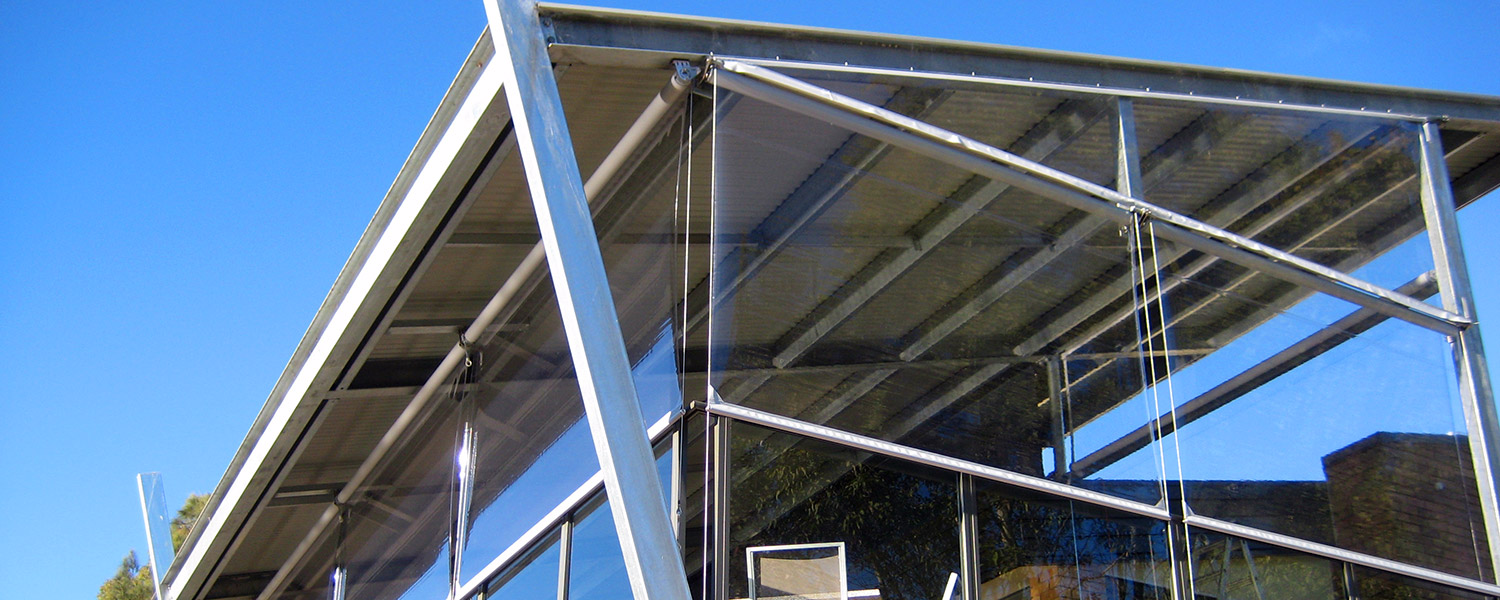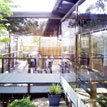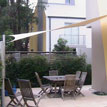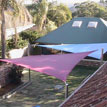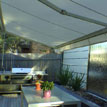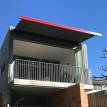Frequently Asked Questions
- Do shade sails need council approval?
We get asked this question quite often when clients are considering a shade sail for their domestic premises. Do the council require development approval? Unfortunately, the answer is not a definitive one for every situation.
The requirement for council approval will depend on the structure, the size, materials, permanency of the structure and which council you are in.
We always recommend contacting your council to determine their requirements. You should give them the following information in order for them to work out whether formal application for development is required.
- Size of structure
- Height of structure
- Materials used in the structure
- Whether the structure has retractable elements
- Whether the structure is permanent
- The location of the structure in relation to your house
- Any other relevant information
- Details of the installer and any quotes that have been received
- Value of the project
Due to the varying approaches and requirements we don’t supply council approval services as part of what we offer, but are happy to answer your questions and provide any information that you may need.
- How do I clean my outdoor PVC blinds?
We are often asked 'How do I clean my Outdoor Blinds?'
The important piece of advice we have is to use the recommended cleaning product specifically designed for Outdoor Blinds and do not use full strength detergents or abrasive products or abrasive cloths including scourers or harsh/wire brushes.
We provide some information below but always follow the manufacturers specific cleaning instructions.
Proper maintenance and upkeep is important to ensure a long life for your product. Use care and always use quality products through the process of cleaning and maintaining your outdoor blinds.
How to Clean Outdoor PVC Clear Blinds
- Use a soft clothand remove pollens and dust regularly.
- Avoid spraying garden sprays or chemicals near your Outdoor Blind product.
- For cleaning outdoor PVC blinds we recommend using VuPlex® , which can be found at hardware stores.
- The product can be used on both surfaces (inside and outside) of your PVC blind.
- Ensure your blind is completely dry before closing it or rolling it up.
- Remove leaves or bird droppings as soon as possible and don't leave them on the blind.
- Follow manufacturers cleaning instructions.
Visit our How to clean outdoor blinds page for links out to manufacturers details.
- Use a soft clothand remove pollens and dust regularly.
- Should I use shade mesh or clear PVC for my outdoor blinds?
We often find ourselves running through the pros and cons of shade mesh and clear PVC as alterative materials for outdoor blinds.
Over many years of installation experience we have observed what works well in what situations what considerations there are to work through to make sure you get the result you are after. Here are some thoughts and comments:
Clear PVC- Is obviously fully transparent so there may be reason to select this as the optimum choice
- Provides wind and rain protection
- Does not provide sun protection
- Is 100 % waterproof as a material
- It does degenerate over time and will fade to a cloudy colour
- Shows creases and crease marks may stay as white marks on the material
- Can get very warm inside the clear PVC
- Is not breathable and does not allow for air movement through the material
- Maximum roll width for clear PVC is 1350mm therefore there tends to be more seams with this material choice than with shade mesh
- PVC blinds tend to shrink and grow - they show distinct changes in characteristics depending on hot or cold weather
Shade mesh- Provides an element of privacy
- Gives sun, wind and rain protection
- Comes in a variety of colour options
- Shade mesh is still transparent - can be seen out of but not into.
- Allows air to circulate and maintain a more regulated environment
- Although not 100% rain proof, shade mesh will provide an element of protection against the rain. Rain tends to hit the shade mesh and fall to the ground on the outside of the blind, the small proportion of water in a heavier rain fall that would make its way inside the perforations of the mesh don't travel very far.
- Blinds can generally be made in one single sheet of material minimising seams within the blind.
- Very stable fabric, doesn't shrink or expand.
- What’s the best shade design for over a pool?
Shade over a pool is probably our most often asked for solution.
Having a cool, shaded spot to head to in the pool in our hot and glary Aussie summer is a very welcome relief. In order to achieve the right balance of aesthetics and shade – or form and function – then we need to ponder a few considerations:
-
How do you use your pool area?
Is it an area that you also want to have shade over a seating or eating area? Or is it shade over the water that you need? Who uses the pool – is it the toddler in the shallow area or the teenagers hanging in the deep end? Who uses the pool or the ages of children can determine where the shade is best placed. - Orientation
Where does the sun and shadows travel over the course of the day – do you want shade in the morning or afternoon – what is your peak time using the pool? If the area changes during the day perhaps a rotating outdoor umbrella may work where the umbrella can swivel to suit the sun direction.
- Is it permanent? Do you want to be able to retract the shade solution?
Retracting the shade solution in winter will extend the swimming season for you by up to a few weeks a year depending on the area of the pool that is covered. This is when a retractable outdoor umbrella may fit the bill. It allows you to close and even completely remove the umbrella during the months of the year that you want more sunshine.
A permanent structure such as a shade sail is a set and forget and will often provide more coverage than a retractable solution by the nature of the structure.
Other considerations:
-
Materials and warranties - make sure they are suitable for the job. Marine grade stainless steel, UV resistant thread etc - these will make the difference and result in a quality result.
-
Posts can be hot dipped galvanised with a powder coat finish. This provides corrosion ressitance and a high-quality finish.
-
Access for installation - can we get the product into place easily? Some of the structures and posts can be 4+ metres long. Can we get around corners, move the materials into position without the use of cranes or removing fence panels.
-
Another thing to think about is timing. Its tempting to leave the finishing touches to your pool area until a bit later due to the recent investment int eh pool, however you may find that it is cheaper for us to install at the same time as pool areas are being prepared. You may be able to utilise the same resources to dig footings. Often the cost will be cheaper if consideration is given to installing the structure before tiles are laid as concrete footings can be arranged in conjunction with the other development going on. Are your pavers down already? Mmm…much easier to dig footings and install a structure before we are dealing with finished tiles or decking.
-
Depending on the structure and for example for a large shade sail, the requirement for footings can be a couple of metre square holes dug into the ground. Yes, the tension on these structures are huge and not something that you can attach to a thin post or fence paling!
-
If considering a shade sail over the pool - Tim says "Keep it low and large". The reason is that your head is down at ground level when in the pool, so there is a large hight under the shade.
Lots of information here to consider so feel free to contact us with any questions or to discuss your situation.
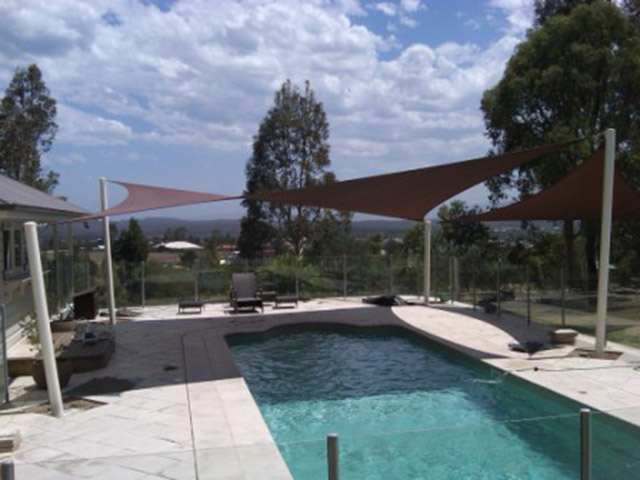
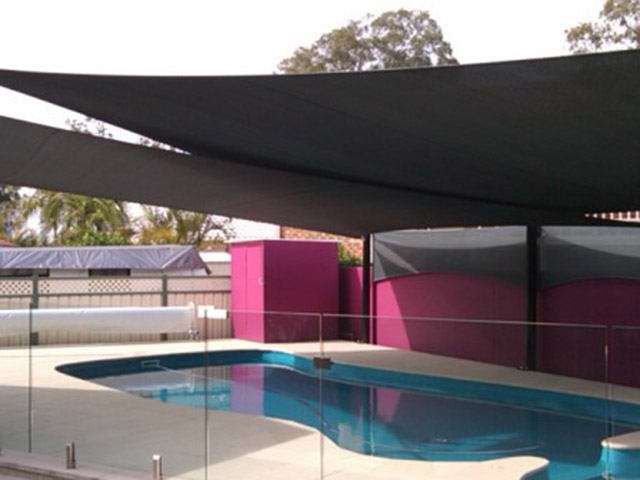
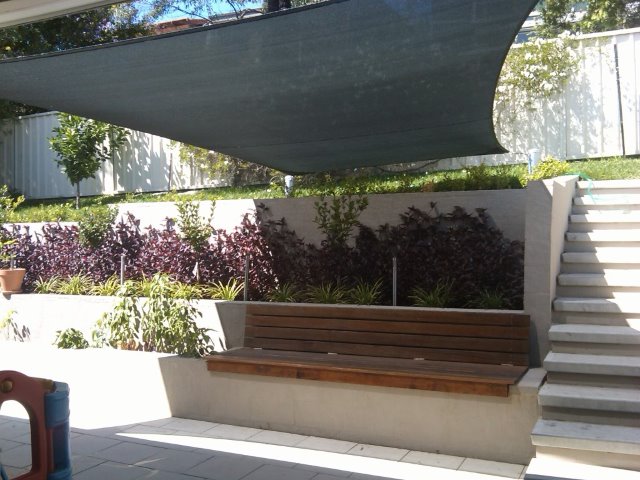
-

